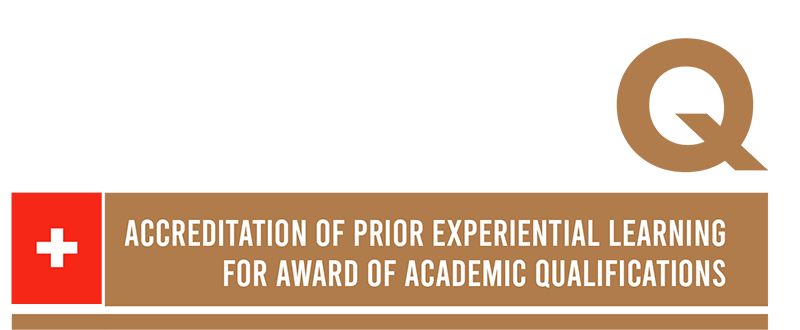Validation of non-formal and informal learning of information and technology workers
Background
Information Technology (IT) workers often gain their competences in non-formal or informal settings or through self-directed learning. They often fear the loss of their jobs due to the insecure nature of the IT business in which competences quickly become obsolete. Thus, there is a need for additional formal education and continuing training to adapt to the changes in skills requirements within the field.
This case study concerns IT workers – supporters, programmers and developers – participating in a major project involving the strategic competence development of IT workers in an IT department of a public healthcare company in Denmark (Enggaard and Aagaard, 2014). The different stakeholders involved in the project all had their own vested interest. Firstly, most of the staff involved in the project needed formal education at higher levels within management and IT areas in the public healthcare system. Secondly, employers were interested in the project due to the constant pressure on the public healthcare sector to make procedures more efficient and to exploit new technology. Thirdly, the IT workers’ trade union had an interest as part of their effort to secure their members’ employability through lifelong learning and competence development. Lastly, educational institutions shared interest in the project since they saw it as an opportunity to develop improved procedures for the validation of non-formal and informal learning and to gain a large group of new students as a result.
Procedures and processes
The validation of non-formal and informal learning completed by the the nine IT workers comprised several steps:
Firstly, the IT department carried out a gap analysis. This analysis compared the IT workers’ existing competences with the expected demand for IT competencies according to the company’s overall strategic plan. Based on this overall demand, a list of job roles or functions was created and translated into occupational and personal competences, positioned from level one to five.
Secondly, the workers’ existing competences were matched with one or more of the job roles, and a competence development plan was designed.
Thirdly, a competence matrix was developed, in which all job roles were matched with the courses and modules at different levels in educational institutions. Combining the competence matrix with the individual competence development plan gave an overview of the demand for competence development in the IT department.
Lastly, the relevant educational institutions were invited to participate in translating the individual plan into concrete educational plans for IT workers wishing to access higher education or receive exemptions for course components. In the context of the relevant educational institution, the IT workers were asked to prepare a portfolio defining their competences acquired through formal, non-formal and informal learning. In cooperation with counsellors from the relevant educational levels, they clarified the best possible career routes, including access to higher education and/or exemptions from courses.
Outcomes and ways forward
During the validation process, workers became aware of their legal right to have their competences validated in an educational institution, taking into account the individuals’ desire for further education, career changes and/or higher earnings. Some of the workers saw the company’s strategic competence development project as an opportunity to change career paths and get a new job in another department or company. Some of the workers preferred access to an educational programme rather than exemption from course components.
The case study of the validation of IT workers’ non-formal and informal learning showed that in order to avoid conflict of interests, it is important that the three stakeholders come to a common understanding on how to assess competences derived from the workplace. This understanding is particularly important as the three different stakeholders use different yardsticks: employers use company demand for competences, employees tend to use future career options and educational institutions use the respective formal educational objectives.
References
Enggaard, E. and Aagaard, K. 2014. Meeting points in the VPL process – a key challenge for VPL activities. In: R. Duvekot, H. Bénédicte, K. Aagaard, S. Gabrscek, and J. Murray. eds. 2014. The Power of VPL. Validation of Prior Learning as a Multi-targeted Approach for Access to Learning Opportunities for All. Vught, EC-VPL.
Source: UNESCO UIL

